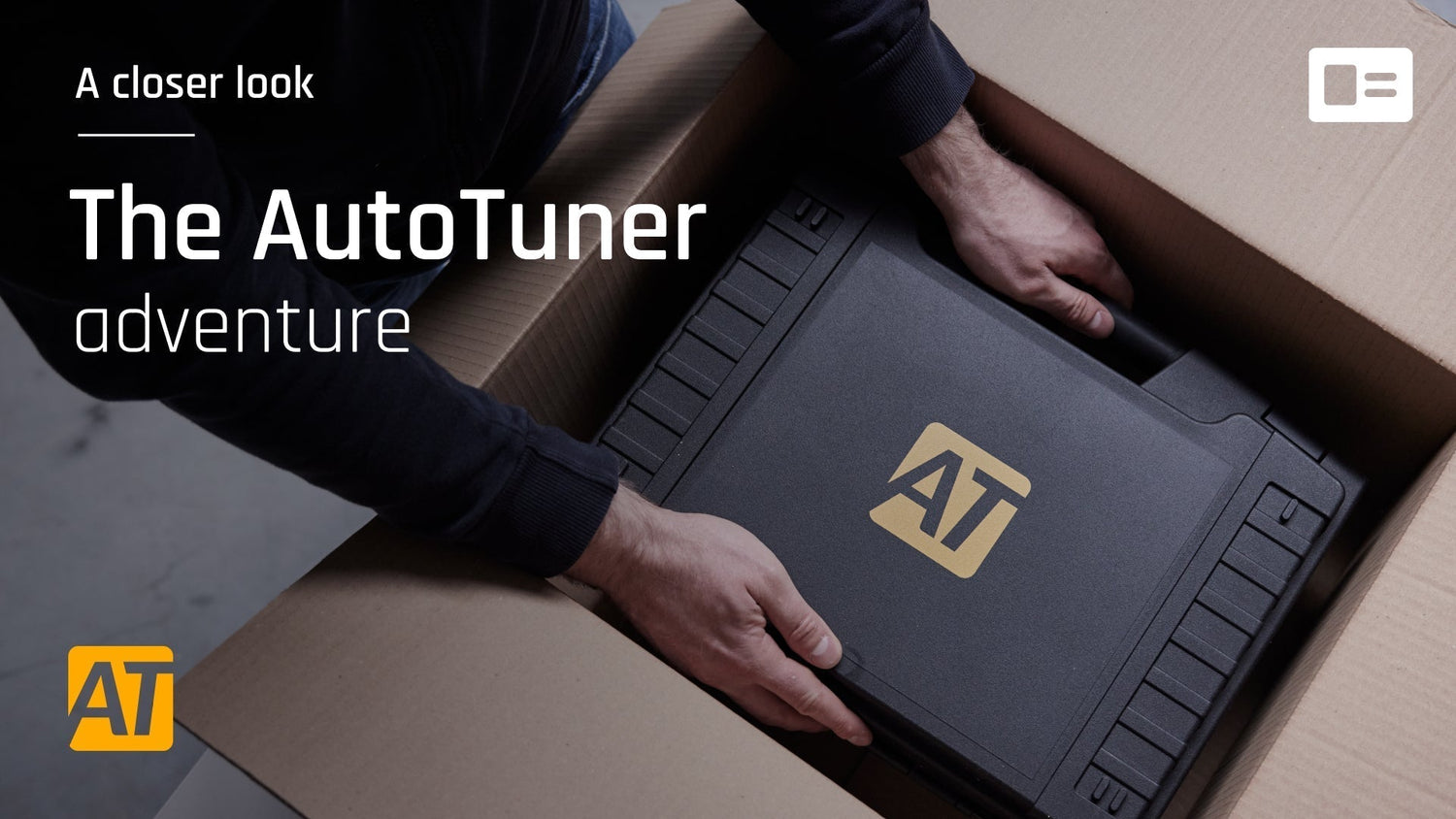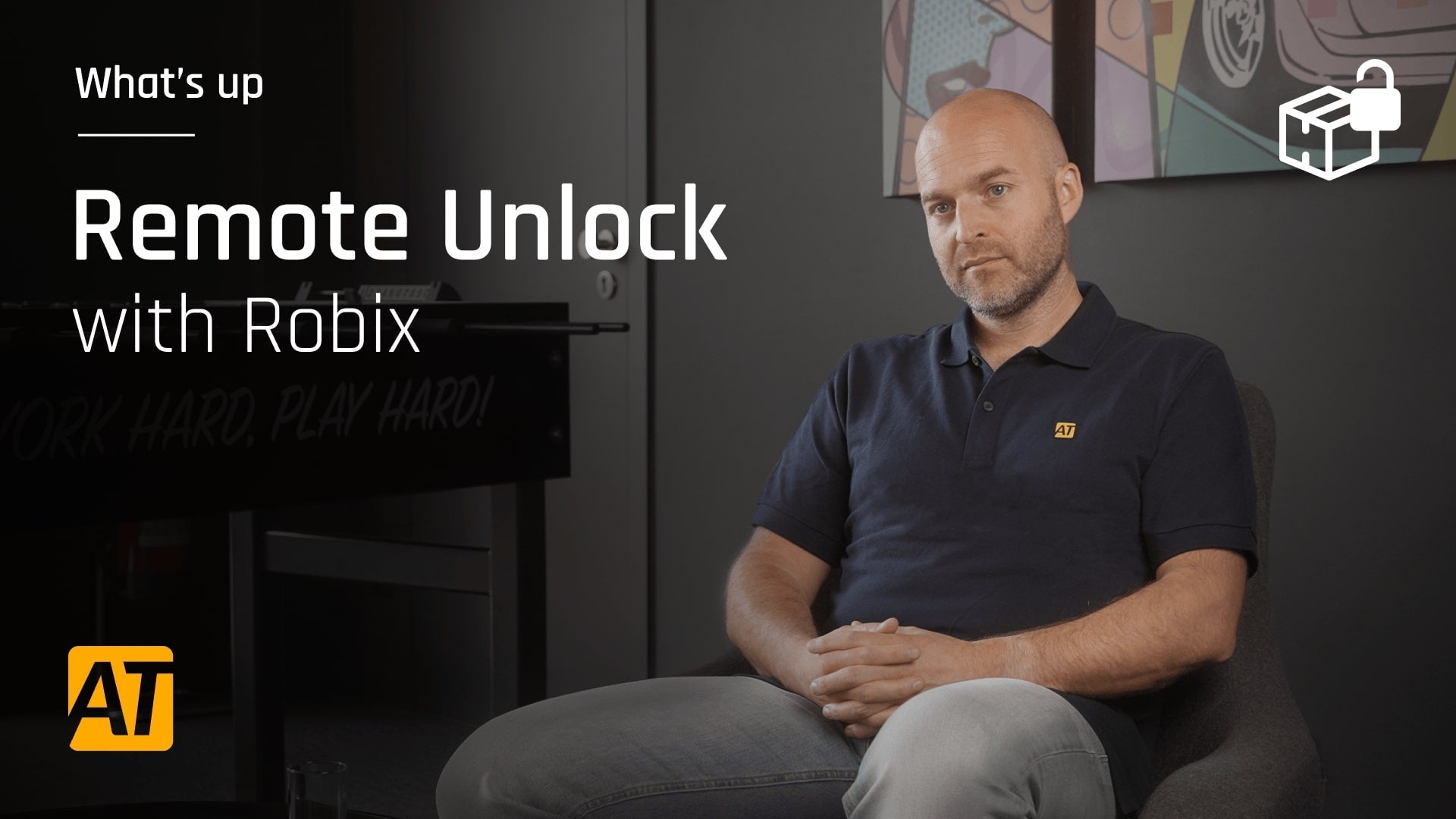AutoTuner was born of a profound frustration. As tuning enthusiasts, we needed a tool that was intuitive, fast and aesthetically modern, a far cry indeed from the outdated interfaces made available by the vast majority of designers.
2013
We had no dream of revolutionizing the world of chiptuning, but neither did we want to create just “another tool” or, worse still, that “one tool too many”. What made us create one at all? This all dates back to 2013, when we were desperately looking for solutions for a number of ECU types, including the BMW F-series PCR2.1 and MEVDC17.
At the time, we had already gained some recognition in the world of chiptuning in Belgium, under the name ShifTech Engineering. There, we had the opportunity to work closely with major players in the chiptuning tool industry, contributing not only our ideas but also helping pave the way to specific solutions, from simple coding options all the way to proprietary protocols. Over time, however, we found that very few tool manufacturers were truly committed to actively seeking solutions. Our disappointment led us to question the usefulness of their subscriptions. As our customer waiting list grew, we began to fear that chiptuning may be reaching its end. We tried everything we possibly could on the F-series, without success.
During the same time we were reverse engineering our way into ECUs, we developed an innovative additional control unit called ECUx, which was designed to be connected to the PT-CAN in order to interact with the vehicle’s data and enable reprogramming via OBD. This invention has even been patented. Unfortunately, this product was not as successful as we had initially hoped. It was a crucial step in the right direction, though, because it allowed us to dive into PCB production, explore the CAN protocol in depth, and much more.
Truth be said, our product’s failure to reach its goals was mainly our own doing. Indeed, we were carrying out this project in parallel with our ECU reverse engineering efforts, and only a few weeks after the launch of our additional control unit, we discovered a technique that made it possible to read MEVDC17 ECU passwords. This promptly pushed us to redirect our ECUx control unit knowledge towards a password-reading tool for MEVDC17 ECUs. Interestingly enough, some of our older friends may even recognize themselves in this article, as we offered it to them at the time!
A few months after this breakthrough, because our little tool had been released to the public, we feared it would be copied, so we decided to sell it to a major chiptuning player, who even later offered to buy our flourishing company.
2014
The events of 2013 motivated us to develop our own reprogramming tool. In 2014, we decided to create a tool that was in line with our vision of tuning: an elegant and intuitive interface, super-fast BSL reading, and numerous other capacities.The ECUx was born.
2015
Unfortunately, due to our limited resources, it took us almost a year to get our first Proof of Concept (POC) and start gaining ground on BSL flashers. These were trying times, because our product wasn’t stable and couldn’t calculate checksums. Consequently, users had to remember to do this for each operation – a task people weren’t used to doing, as most other tools did so automatically. On the positive side, though, this was the birth of our first POC.
We quickly made improvements to this POC, launching fixes that gave rise to an (internal) version 2 of our tool in 2015 – the version currently on sale. Needless to say that it wasn’t without its faults, but it underwent several revisions, especially in terms of power.
Interestingly enough, the tool was given a different name to the one we had initially planned. While developing it, we were also working on an artificial intelligence project aimed at automating the modification of engine calibrations, called “AutoTuner”. This name made sense to us as it reflected our goal to automate engine calibration changes as much as possible. The idea had emerged in the wake of Dieselgate, when many customers asked us to reprogram their vehicles which had gotten reset after the forced Volkswagen update. Unfortunately, we had to carry out hundreds of new calibrations at no cost, because this operation fell under our warranty.
However, let’s get back to the tool we had initially planned to call “eflasher”, in reference to the password reader module we had sold one and a half years earlier. We eventually chose to name it “AutoTuner” during the electromagnetic compatibility (EMC) tests, after which it was registered somewhat hastily by one of the people in charge at the time.
2016
At the end of 2016, we started selling our AutoTuner tool, initially to our ShifTech centers and a few acquaintances. It didn’t do much more than the other tools available on the market, but it did hold the advantage of combining OBD (with only a few protocols) and BOOT into a reasonably priced, single tool. In those days, most of our competitors had opted for an additional password-reading module to reprogram the latest MEVDC17 ECUs, thus making their tools relatively expensive.
2017
After almost a year of beta testing, we were fully aware that once we officially released the product, we would have to make our mark. An OBD and BOOT tool that included password reading, with the integration of old, familiar protocols, would be insufficient. We needed something truly exclusive, such as a subscription-free business model that would also be at the cutting edge of research and development. From the outset, we knew that to achieve this, we had to offer an exclusive protocol to make our presence known in the industry. In August 2017, when we launched AutoTuner, not only did we present the SID307, SID310 protocols for Mercedes and Renault, but also the SID807 Evo Volvo and the SID211 Ford – all absent from our competitors’ catalogues. Despite our great start, just as we expected, the competition bought one of our tools and copied our protocol at lightning speed, leaving no room for our product to win over new users. Although this experience was repeated many times, it did not deter us from pushing forward. We planned a list of exclusive protocols that we released one after the other until December 2017.
This was when a competitor decided to launch a pre-sale of an E-NET cable to reprogram the F-series. Unfortunately for them, we already had this protocol and it didn’t require an additional module because it could be flashed in CAN with standard hardware. We wasted no time in releasing our solution as a preview. This was the milestone that truly placed AutoTuner on the world map.
2018
2018 was an exceptional year for AutoTuner: once again, we reaffirmed our market position and our R&D team made a memorable mark. After the E-series in OBD, the spotlight turned to the Volvo VEA, a complex protocol that granted us exclusivity for a few months – for once! Several updates followed one another, with the arrival of the G-series equipped with MG1 ECUs, the first Ford MG1s with OBD, as well as the EDC17C84 (still with OBD), another AutoTuner exclusivity for a while. The highlight of the year, however, was our Mercedes MEDC17 OBD exclusivity, followed by the MEDC17 bench protocol. What a promising end to the year!
2019
In 2019, AutoTuner took key steps to raise brand awareness. In addition to the release of the PCR2.1 protocol in OBD and numerous other exclusive updates, we surprised our users with the innovative MDG1 bench, whose compatibility with the latest ECUs was impressive. This exclusivity was a challenge for our B2B OLSx file supply business: releasing a new protocol went hand in hand with a many new readings and customers asking for solutions for optimization. The release of the protocol was a success, but unfortunately, we suffered a setback when Bosch made a move to close the security gap, almost a year after the protocol was released (starting with ECUs in BMW models).
2020
The year began in the same vein as the previous year, with the development of solutions for older protocols in response to user demand. We also introduced new protocols, such as VD56, and an exclusive reprogramming solution for the ZF8 VAG (AL552) in OBD. The highlight of 2020, however, was the exclusive release of the VAG MDG1 protocol in OBD, which was valid for ECUs equipped with TC298 and SPC5777M processors. 2020 also saw the introduction of datalogging and, of course, the EDC16 and MED9 bench, for which an additional cable was required due to the absence of a K-line on the AutoTuner’s BOOT connector.
2021
Following a number of recent exclusives, we decided to catch up on the more traditional protocols that our users expected: indeed, although they wanted AutoTuner to provide innovative solutions, they also wanted it to be their main engine reprogramming tool. Our dedication resulted in the addition of numerous gearbox protocols, significantly broadening our range of services.
The DCM7.1 OBD solution was particularly popular, as was the K-line management on the ME7 and EDC15 protocols, whose stability was excessively unreliable due to a K-line chip that is still unable to meet speed requirements.
Thirteen years after our adventure began, we decided to sell ShifTech Engineering and its many centers, allowing us to double down on our R&D efforts and pave the way for an even brighter future with the help of a growing, highly committed team.
2022
A number of events occurred this year, including changes on the levels of both the Management and the Board, with a complete overhaul of support in prospect. We also introduced exclusive protocols such as the Yaris GR, but most importantly, the highly controversial Simos 19 early access, which sparked a heated debate. As per our initial commitment, it was eventually released to all our clients free of charge. As of Mai 2025, this solution remains an AutoTuner exclusive!
2023
In 2023, many new protocols were added to our portfolio, such as MSE8.0 and T93. They are still in high demand, as well as GPEC2A, which has been revamped to offer some of the fastest read and write speeds on the market. We also decided to sell our OLSx B2B file service business, as we further shifted our focus towards our key competences – developing industry-shaping chiptuning tools.
2024
The year 2024 began with a notable improvement of older BMW protocols. Arriving last on the chiptuning market, we seized the opportunity to rethink these protocols in our own way. Today, it is inconceivable for AutoTuner to offer a protocol requiring an hour of reading. Similarly, on vehicles with high tuning potential, the ability to quickly restore the original calibration (back to stock) has become essential. Consequently, we have modernized older protocols to meet the expectations of professionals.
Innovation was not left behind, with the highly anticipated arrival of EMS314x, EMS316x, and SID321 protocols. Thanks to these exclusives, AutoTuner once again confirms its commitment and the constant energy invested in research and development.
Finally, the end of 2024 saw the pre-release reveal of our latest product: the AT One. The result of several years of development, this revolutionary B2B2C product offers professionals an accessible and powerful tool to market their calibrations globally, without geographical constraints, which was set to launch first half of 2025.
2025
From the beginning of 2025, releases followed one another at a sustained pace, notably with highly anticipated protocols for gearboxes as well as the Denso Gen2 protocol in bench mode. We always remain on the lookout for new developments, as evidenced by the integration of the Bosch MD1CS014 and a strategic update of the widely used MD1CS004.
But the true revolution of 2025 is the official launch of the AT Cloud, our new fully connected platform. AT Cloud centralizes the management of tools and customers (and much more), offering an optimal user experience. A true connected pillar for the One's operation, the AT Cloud accompanies the release of this new B2B2C tool, designed to radically transform the relationship between professionals and end-users.
In 2025, we also introduced Remote Unlock, a breakthrough service that enables ECU unlocking directly from our headquarters. Once the process is complete, we send you back the ECU, fully ready for OBD tuning. This innovative solution was first unveiled at the Bologna fair, where we announced that the initial supported protocol would be the highly awaited SID212.
We continue to enrich this story with numerous new versions and products. It is thanks to you, our valued customers, that this story comes to life. The automotive sector constantly faces challenges, and that is why we have chosen to take on the challenge of chiptuning with a young and dynamic team, offering an innovative tool that disrupts the standards established so far. Over the past eight years, we have had the opportunity to make valuable connections and better understand the needs of our customers. Do not hesitate to contact us if you have any questions or comments regarding the article or the AutoTuner Tool.





